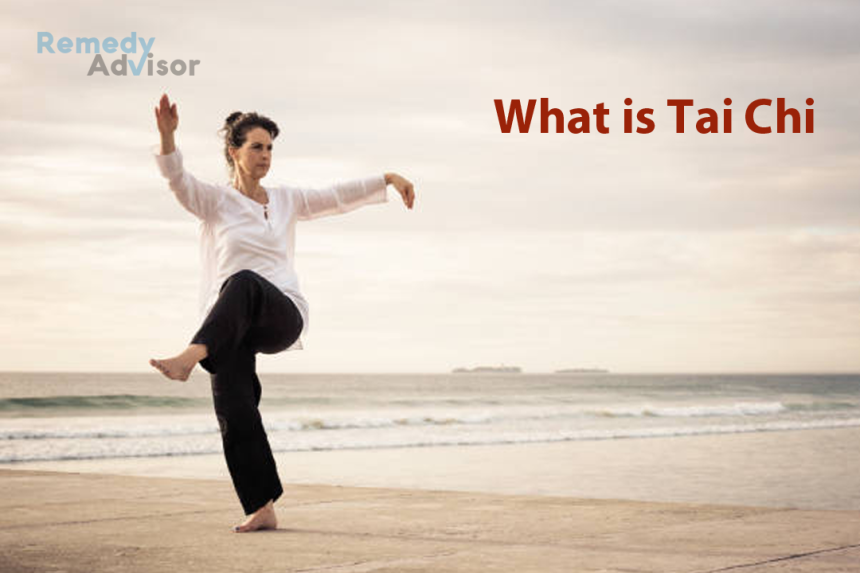Someday soon, your doctor may hand you a prescription for tai chi to help manage your high blood pressure. Tai chi is a gentle yet powerful and enjoyable way to exercise. The ancient Chinese discipline of tai chi goes back at least twenty-five hundred years and has its roots in martial arts, though today it is largely used to promote inner peace, reduce stress, and improve balance. However, it also has been found to have aerobic benefits, so I have included it in the physical activity chapter. You might say practicing tai chi is an excellent example of good time management (for all of you who say you don’t have time to exercise), since it reduces stress and helps with cardiovascular health at the same time.
Types of Tai Chi
The three most popular styles of tai chi are Yang, Wu, and tai chi chih, and each one has its own special features. All of them involve slow, graceful movements and practiced breathing, yet you may want to select the style that best suits your abilities and fancy. The simple Yang style includes twenty-four movements and involves keeping your knees bent for most of the moves. The Wu style includes twenty-four to thirty-six movements, and you don’t need to bend your knees as much. If you choose the tai chi chih form, there are twenty movements that don’t require much knee bending and you don’t shift your weight from one leg to the other as much as you do in the wu style.
Tai chi is for people of all levels of physical ability. When exploring tai chi sessions, you may want to talk to the teachers or instructors about your needs and what you wish to accomplish with the lessons. Once you learn the basics of tai chi, you can practice at home on your own, at your leisure. Daily practice is recommended for effective management of high blood pressure and overall health.
Tai Chi Studies
Even though tai chi is performed in slow motion, it can provide significant health benefits for preventing and managing high blood pressure. For example, a Stanford University study examined the impact of tai chi on thirty nine adults age 45 and older, all of whom (except one) had high blood pressure. The study volunteers participated in community-based tai chi sessions three times a week for twelve weeks. By the end of the study, blood pressure had declined from an average of 150/86 mmHg to 131/77mmHg and participants showed an improvement in aerobic endurance.
In a meta-analysis, researchers evaluated seven studies that explored the effects of tai chi on aerobic capacity in middle-aged adults. The experts found that people who participated in tai chi for one year (in this case the advanced Yang style that involves 108 movements) had greater aerobic capacity than did their peers who were sedentary.
In another study, fifty-eight individuals with high blood pressure were assigned to participate in Yang form tai chi three times a week for eight weeks or to practice routine care for hypertension but no tai chi. At the end of eight weeks, those in the tai chi group showed a significant reduction in both systolic and diastolic blood pressures compared with the placebo group.
In a review of seven studies involving 947 middle aged subjects, the authors evaluated the results concerning the impact of tai chi on blood pressure, blood lipid levels, and blood glucose. They found that tai chi had a “significant and positive effect on blood pressure and lipid levels.”
Some other advantages of practicing tai chi are an improvement in upper and lower body flexibility, better balance, and improvement in muscular strength and endurance. All in all, frequent practice of tai chi appears to be an excellent addition to your physical activity (and stress reduction) program.







